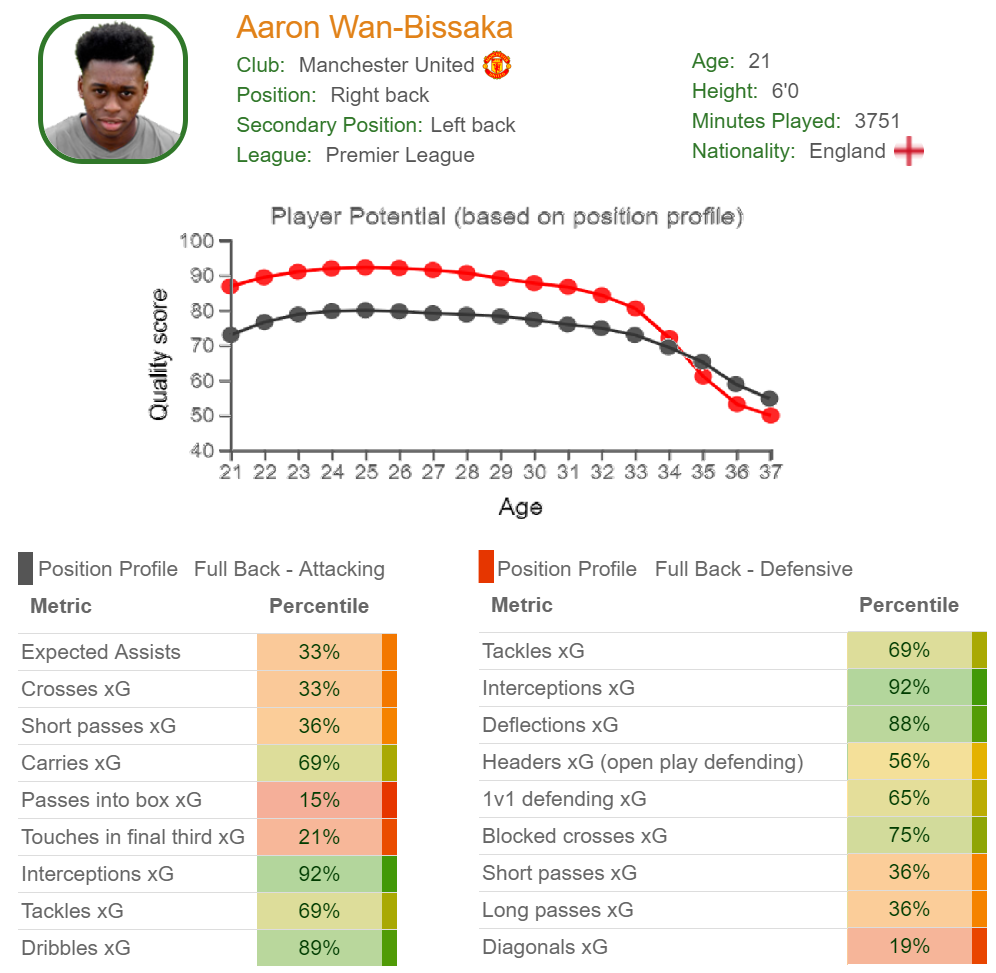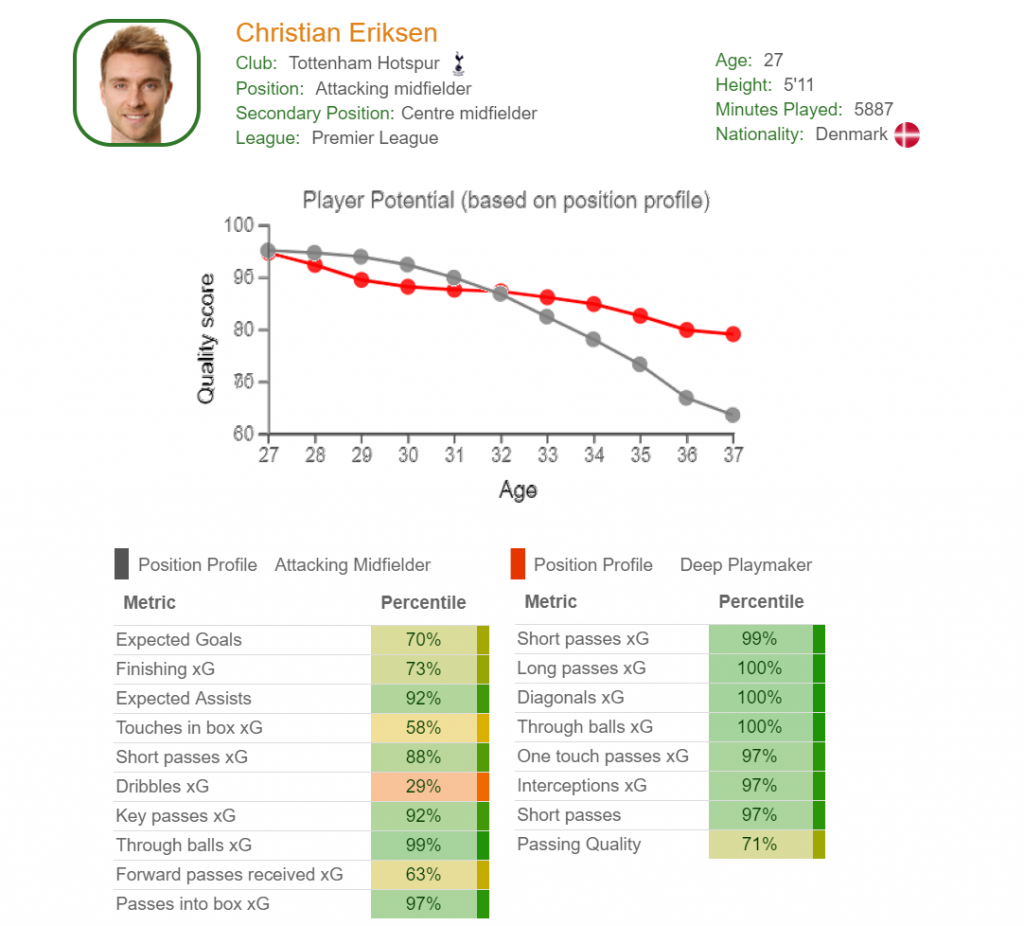‘Just how good is this 21 year old striker going to be in 5 years?’
‘Has our 26 year old full back already peaked?’
‘Should we be giving our 32 year old centre back a contract extension?’
Talk about a million dollar question – foresight in football is worth several times that given the modern market.
We’ve been working hard at Analytics FC HQ to produce a new kind of Age Curve, an Age Curve 2.0 if you will.
An age curve is an attempt to answer questions such as the above with a simple chart, showing the average improvement or decline expected of a player based on their age. Human beings generally can’t run as fast at 36 as they can at 26. They get injured and tired more easily. Some technical or mental attributes may diminish. No two players bodies age in exactly the same way, but overall there are consistent trends.
Michael Caley opened up the conversation, showing how a statistic as basic as minutes played can provide useful insight into where a player peaks. Ben Torvaney’s presentation at the Opta Pro Forum demonstrated how various simple metrics such as goals and shots vary with age and league but the real challenge in applying this is coming up with a single number to represent a player’s quality. Of course, that is what our Transferlab platform is designed for.
The basic premise of producing an age curve is simple enough: define a measure of performance level for a given position; examine how that performance level has historically varied with age; generate a distribution of performance level against age; finally, use this to project how a player’s performance level is likely to progress over the course of their career.
Our Age Curve 2.0 approach goes a step further and takes into account how individual metrics vary with age. For example, a player’s dribbling ability starts to decay at a much earlier age to their passing ability. Transferlab’s advanced metrics are ideal for this approach as the contribution (xG value) of an individual action provides a more reliable measure of quality than standard (count) metrics. For example, two players may make the same number of passes but if one is creating goalscoring opportunities and the other is playing sideways and backwards there is a clear difference in the impact they are having on the match.
This method has a number of advantages over a more conventional approach:
It captures the intricacies of the skillset that you care about rather than assuming all players in a position perform the same role. Aaron Wan-Bissaka is a good example of this. He profiles significantly differently within a more defensive profile for a full back as opposed to a more attacking profile:

It allows you to define your own criteria for what makes a good player in that position, rather than prescribing the skillset or using a top-down model (e.g. GoalImpact) that divorces player performance from how they are contributing to their team on the pitch.
Player potential can be applied for a player outside of their position, which could prove valuable when looking at whether they may be better suited to an alternate role as they get older. A classic example would be Steven Gerrard, who played a deeper midfield role towards the end of his career at Liverpool. Perhaps a similar case could be made for a player like Christian Eriksen. He has already moved to a more central position after starting his career as a wide player. Maybe as he moves into the twilight of his career, a transition to a deeper playmaker role could be to his advantage.

Of course, it’s important to note that such projections into the long term career path of player are not perfect, but our Age Curves 2.0 approach does enable clubs to have some insight into the future prospects of the players they are scouting (or assessing internally) and have an objective forecast of where the peak of their career might be.
Analytics FC provides software and data services to entities within football looking to realise the gains possible from analytical thinking. We provide cutting-edge software solutions such as TransferLab, which helps improve and simplify recruitment decisions. To find out more about TransferLab and our other data services, or to find out more about us, visit our website.
Header image copyright Shutterstock / Maciej Rogowski Photo














